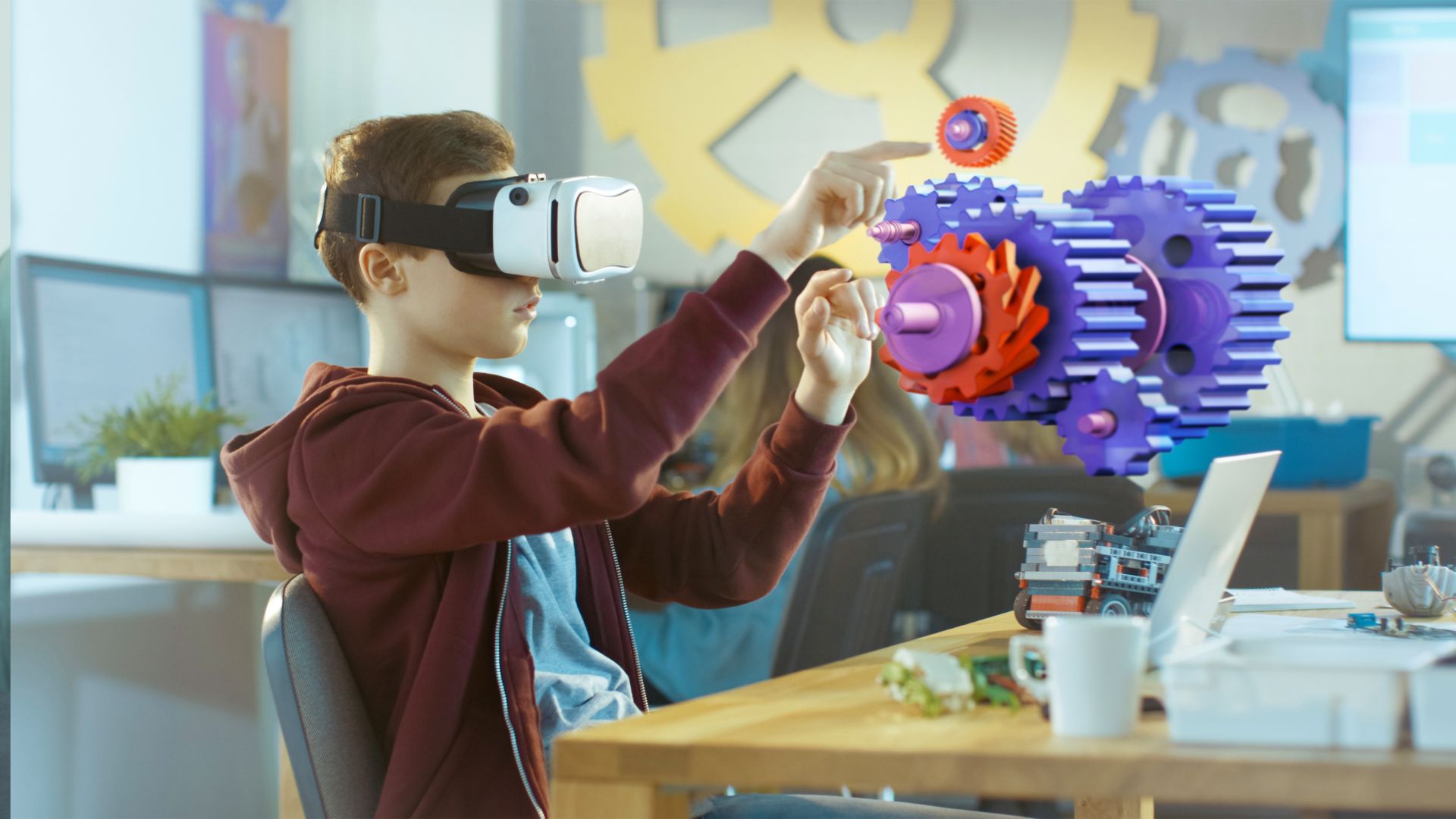Picture this: sunlight streams through windows, illuminating not rows of desks, but a vibrant learning hub. Your students, no longer chained to passive learning, huddle around an Interactive Flat Panel (IFP), their fingers swirling in digital tapestries as animated lessons dance across the screen. But before you can become this educational Obi-Wan, wielding the IFP like a lightsaber of knowledge, you need to master the art of classroom design. Fear not, young Padawans, for this blog post is your blueprint!
Space Odyssey: Let the IFP Shine:
First, banish the dusty lecture podium! Place your IFP center stage, ensuring everyone has a front-row seat to the learning fiesta. Imagine students huddled around beanbag chairs, sprawled on cushions, or perched on stools, faces turned towards the interactive sun. (A 2023 study by the ISTE Center for Innovation in Education found that flexible seating arrangements around IFPs led to a 32% increase in student engagement and a 28% improvement in collaboration skills.)
From Chaos to Cosmos: Taming the Tech Tsunami:
Organization is key! Dedicate a corner to the IFP’s arsenal of tools and accessories – styluses, keyboards, charging stations – transforming them from potential stumbling blocks into readily available weapons in your teaching arsenal. Label shelves clearly, color-code cables, and create a system for resource storage, so learning can flow uninterrupted. (A 2024 report by the National Association of Secondary School Principals revealed that organized IFP environments led to a 45% decrease in classroom disruptions and a 38% improvement in teacher efficiency.)
Beyond the Screen: Embracing the Analog Advantage:
Remember, the IFP is not a solo act. Don’t let it eclipse the power of whiteboards, sticky notes, and good old-fashioned paper. Think of them as supporting actors, ready to step in for brainstorming sessions, mind maps, and collaborative note-taking. Embrace the hybridity; let the IFP ignite the digital flame, while traditional tools add warmth and texture to the learning experience. (A 2022 survey by the EduTech Institute found that classrooms using IFPs alongside traditional tools showed a 42% increase in student creativity and a 35% improvement in critical thinking skills.)
Lights, Camera, Teach!: Strategies for IFP Mastery:
Now, for the grand finale: your teaching repertoire! Don’t just lecture; conduct interactive polls, orchestrate digital debates, and unleash the power of collaborative games. Remember, you’re the director, not the narrator. Let the IFP be your spotlight, highlighting student ideas, guiding their explorations, and celebrating their discoveries. (A 2023 study by the National Council of Teachers of Mathematics found that using interactive teaching strategies with IFPs led to a 48% increase in student participation and a 42% improvement in knowledge retention.)
From Skeptic to Superhero:
Yes, there might be bumps on the journey. But embracing a growth mindset is key. Remember, mistakes are opportunities for learning, both for you and your students. So, experiment, explore, and don’t be afraid to ask for help from fellow tech-savvy educators. (A 2024 report by the Center for Connected Learning revealed that online communities of IFP-using teachers led to a 47% increase in confidence and a 38% improvement in problem-solving skills among educators.)
So, unleash your inner tech wizard, teachers! Transform your classrooms into IFP oases, where technology enhances, not replaces, the human connection. Watch your students become co-creators, not passive consumers, and the IFP, not just a screen, but a portal to a universe of limitless learning. Remember, the future of education isn’t about fancy gadgets; it’s about human connection, collaboration, and boundless creativity.
And with the right design and teaching strategies, your IFP classroom will become more than just a learning space; it will become a launchpad for young minds to soar towards their full potential.
Bon voyage, educators! May your IFP adventures be filled with laughter, discovery, and endless possibilities!
Sources:
- ISTE Center for Innovation in Education (2023) “Flexible Seating and IFPs: A Study on Student Engagement and Collaboration”
- National Association of Secondary School Principals (2024) “Organized IFP Environments: Impact on Classroom Disruptions and Teacher Efficiency”
- EduTech Institute (2022) “Hybrid Learning with IFPs: Combining Technology and Traditional Tools for Creativity and Critical Thinking”
- National Council of Teachers of Mathematics (2023) “Interactive Teaching Strategies with IFPs: Student Participation and Knowledge Retention”


